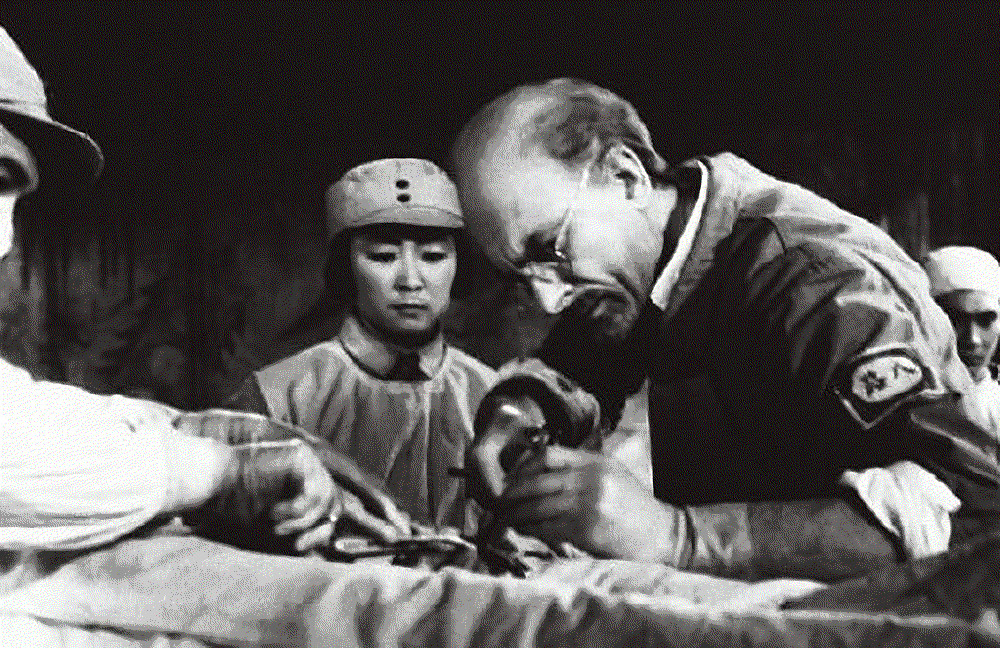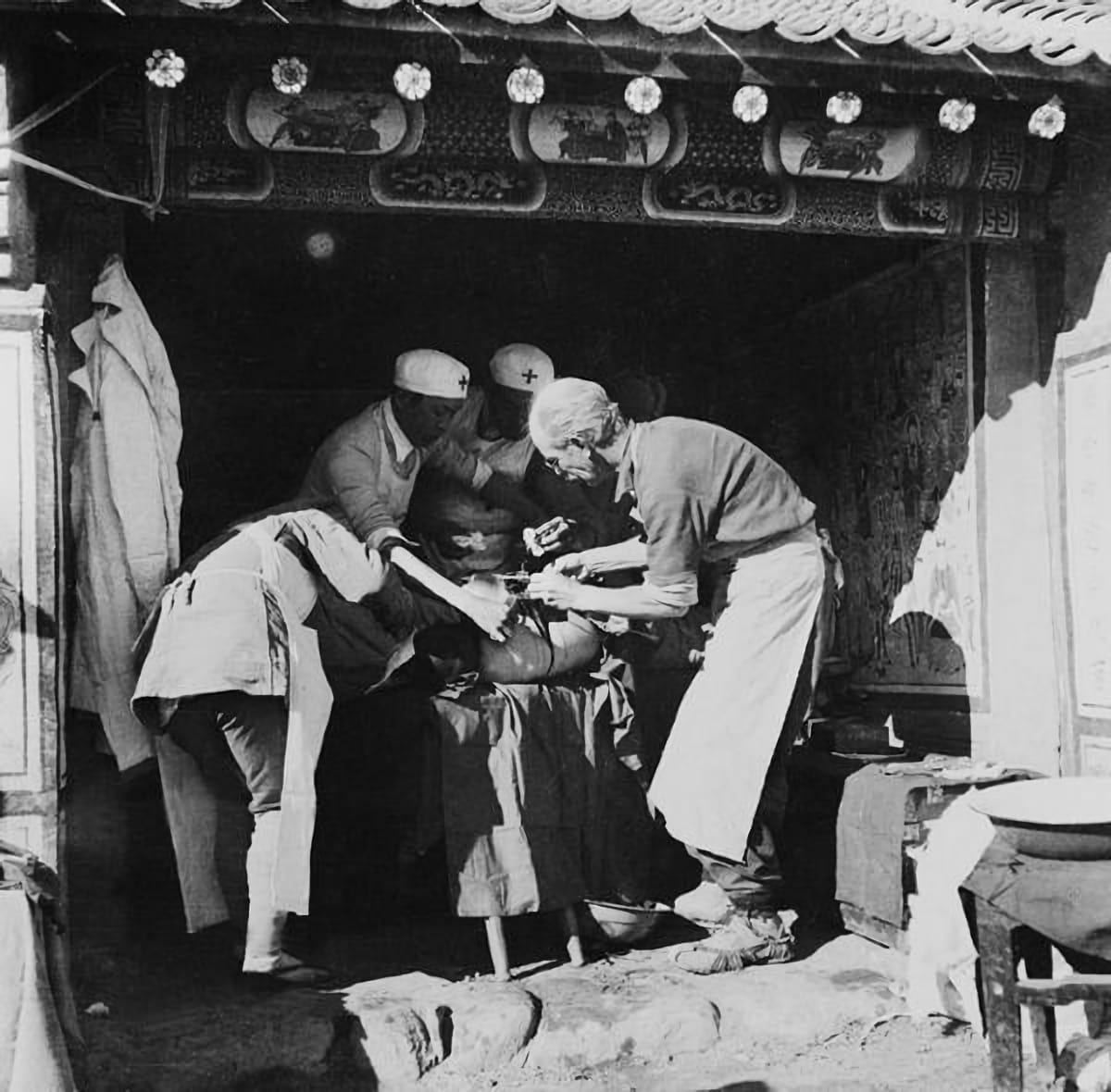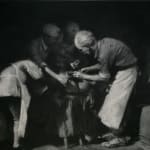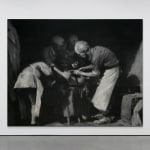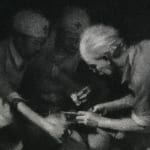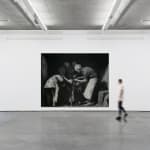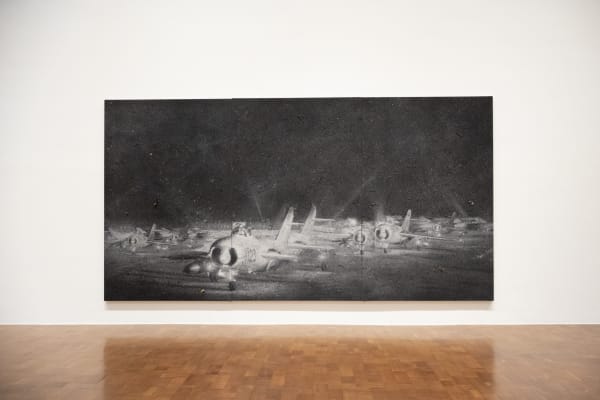Zhang Huan Anyang, Henan Province, China, b. 1965
-
 © Zhang Huan
© Zhang Huan -
Zhang Huan is one of China’s best-known performance and conceptual artists working today. His artistic practice comprises sculptures and paintings that reference the history of his homeland China.
Lives and works in Shanghai and New York
DOWNLOAD CV >
Within his body of work, Zhang Huan deftly weaves together themes of political significance, intellectual exploration, and spiritual depth, interspersed with anonymous portraits and idyllic landscape scenes. This fusion of the personal and the political allows him to navigate complex realms of identity, spirituality, vulnerability, and transgression.
Zhang Huan began his career in Beijing as a painter before turning to performance art. He received a BA from Henan University in Kai Feng in 1988 and an MA from the Central Academy of Fine Arts in Beijing in 1993. In 1998, Zhang Huan relocated to New York, rapidly establishing his international presence through provocative body-based performances that melded social concerns through acts of physical endurance. In 2006, he established a studio in Shanghai, marking a transformative period in his career. He redirected his creative energy towards sculpture, drawing, painting, and photography, relinquishing the medium of performance art.
One particularly captivating facet of Zhang Huan’s artistic practice lies in his innovative use of incense ash. This material emerged as an artistic medium following a visit to the Longhua Temple in Shanghai. Fascinated by its symbolic potency, Zhang Huan began collecting ash from various temples, employing it to craft a series of “ash sculptures” and “ash paintings”.
This body of work has consumed his artistic endeavors for over a decade up to the present day. The medium of incense ash represents tangible substance and carries profound meaning. It symbolizes prayers, embodies the ethereal remnants of life’s cyclical nature, and carries the allegorical weight of spirits. Each stroke of incense ash on the surface echoes the meticulous art of sand painting by Buddhist monks. The artist delicately sprinkles every tone onto the canvas, generating varying degrees of density and fading dictated by the thickness of the ash application. The charred texture of the incense ash ranges from powdery to granular, further accentuated by the ethereal, effervescent perfume that emanates from its surface. Zhang Huan’s exploration of incense ash as a creative medium invites viewers into a realm of cathartic purification and sacred purity.
-
WorksOpen a larger version of the following image in a popup:

Dr. Norman Bethune Operating in China (1938–1939)
Open a larger version of the following image in a popup:
Dr. Norman Bethune Operating in China (1938–1939)
Zhang Huan Anyang, Henan Province, China, b. 1965
Dr. Bai Qiuen, 2007Ash on linen286 × 360 cmFurther images
Zhang Huan’s Dr. Bai Qiuen (2007) appropriates a historical documentary photograph of Norman Bethune, a Canadian thoracic surgeon whose legacy became deeply intertwined with China’s revolutionary history. A committed communist,...Zhang Huan’s Dr. Bai Qiuen (2007) appropriates a historical documentary photograph of Norman Bethune, a Canadian thoracic surgeon whose legacy became deeply intertwined with China’s revolutionary history. A committed communist, Bethune arrived in China in early 1938, traveling to Yan'an, the Communist Party's revolutionary base, where he established a mobile surgical unit in North China’s interior. He spent the final years of his life operating on wounded soldiers—both Communist fighters and Japanese prisoners of war—before succumbing to septicemia after accidentally cutting himself during surgery. His selfless dedication led Mao Zedong to publish the influential essay In Memory of Norman Bethune (Bai Qiu'en), urging the Chinese people to adopt his spirit of "utter devotion to others without any thought of self."
Zhang Huan’s ASK series translates historical memory into monumental ash paintings, a technique that merges material and metaphor. Using the ashes of incense collected from Buddhist temples, Zhang builds ghostly, textured images that hover between presence and erasure. The material itself—imbued with prayers, offerings, and remnants of the past—reinforces the impermanence of life and the weight of collective memory. The ephemeral nature of the medium deepens the resonance of Bethune’s sacrifice, turning a documentary image into a layered meditation on devotion, loss, and historical mythmaking.
Exhibitions
Zhang Huan. Memory Doors & Ash Paintings. Art Gallery of Ontario, Toronto. May 8–Aug 19, 2012
News




